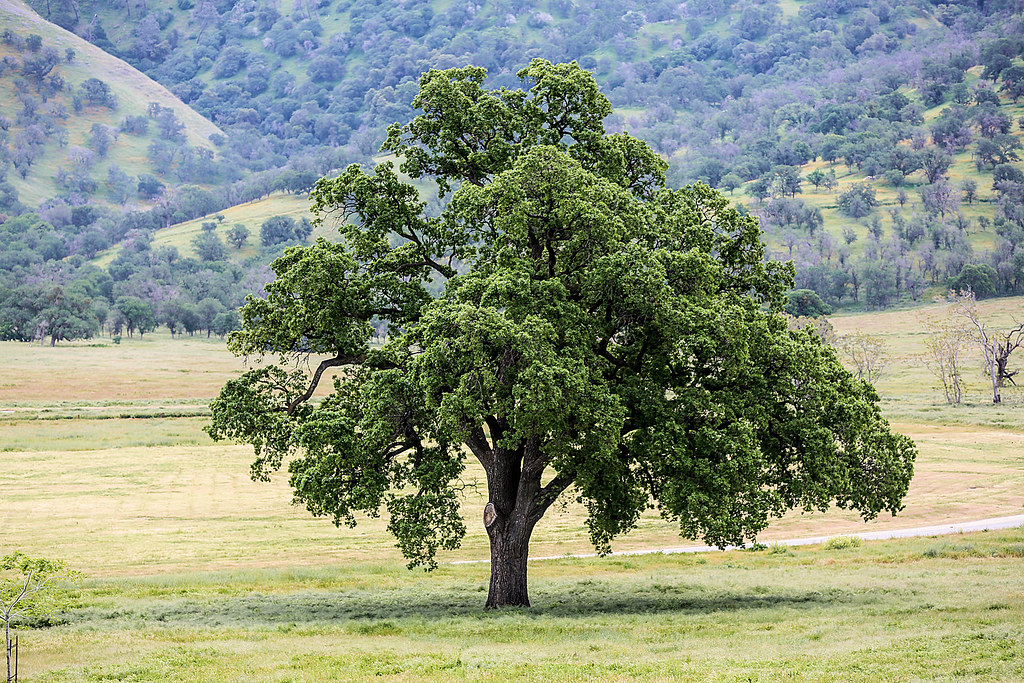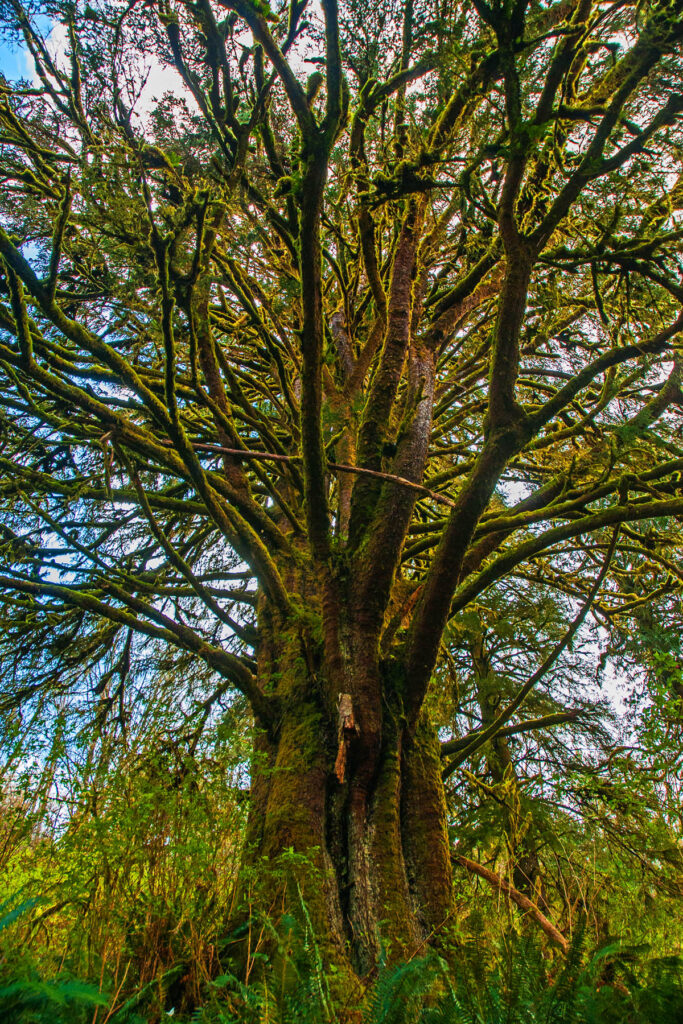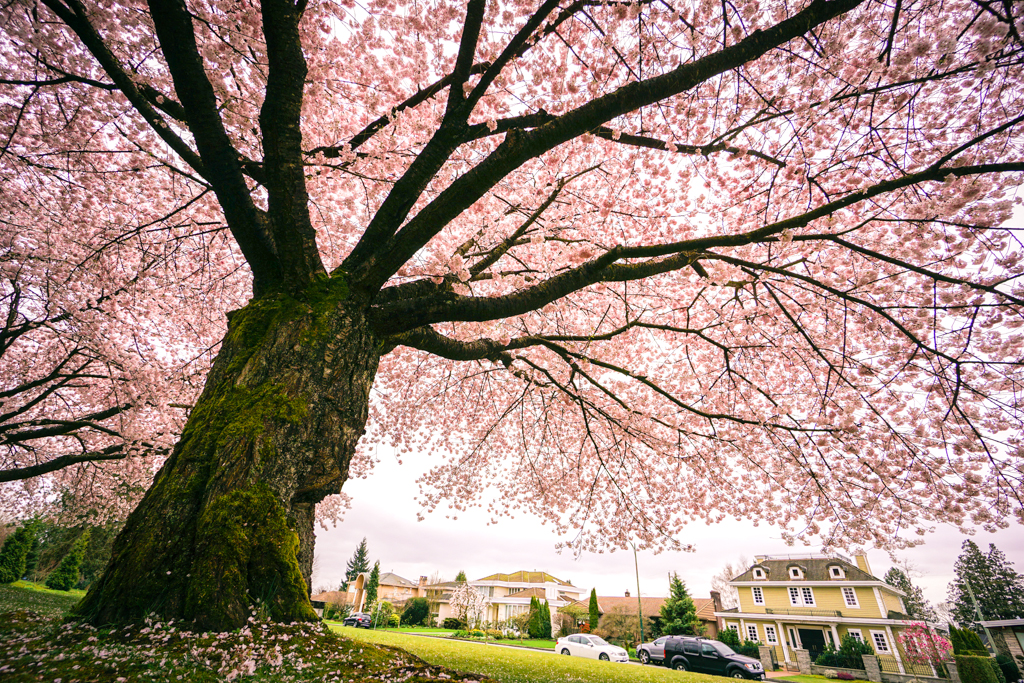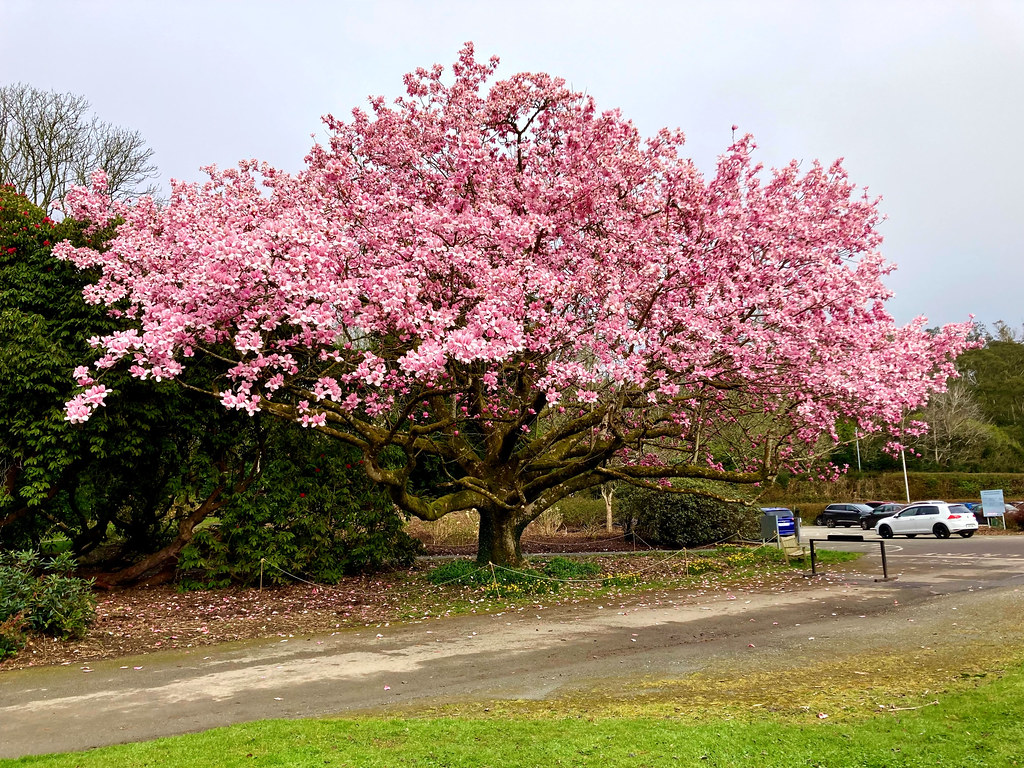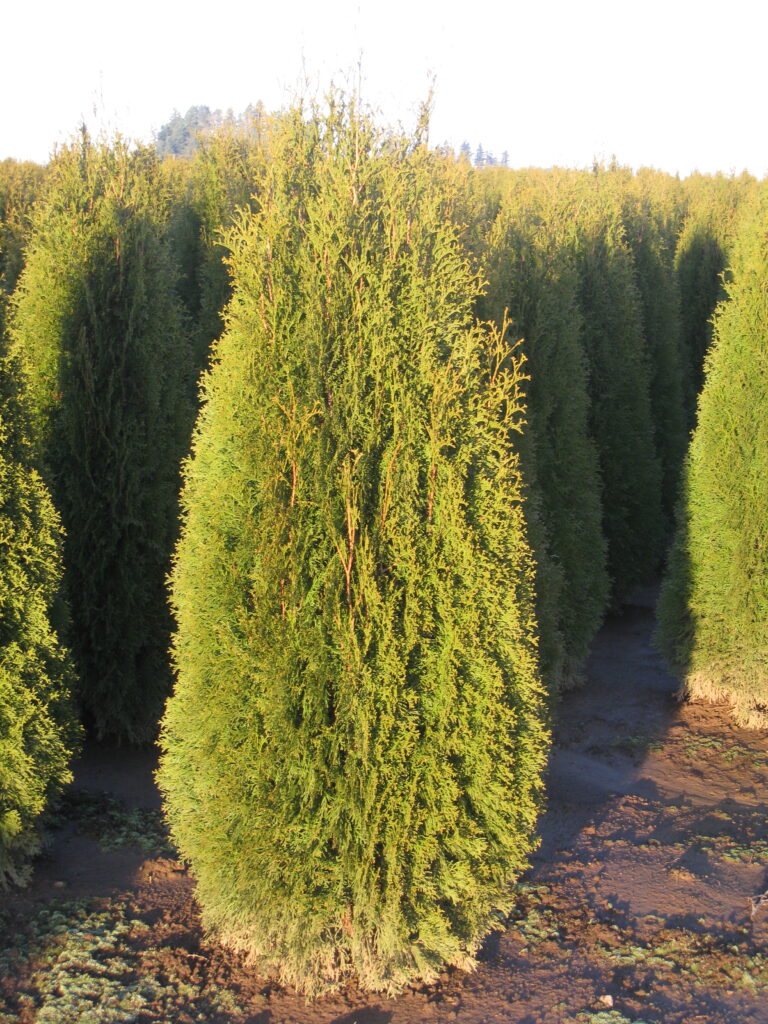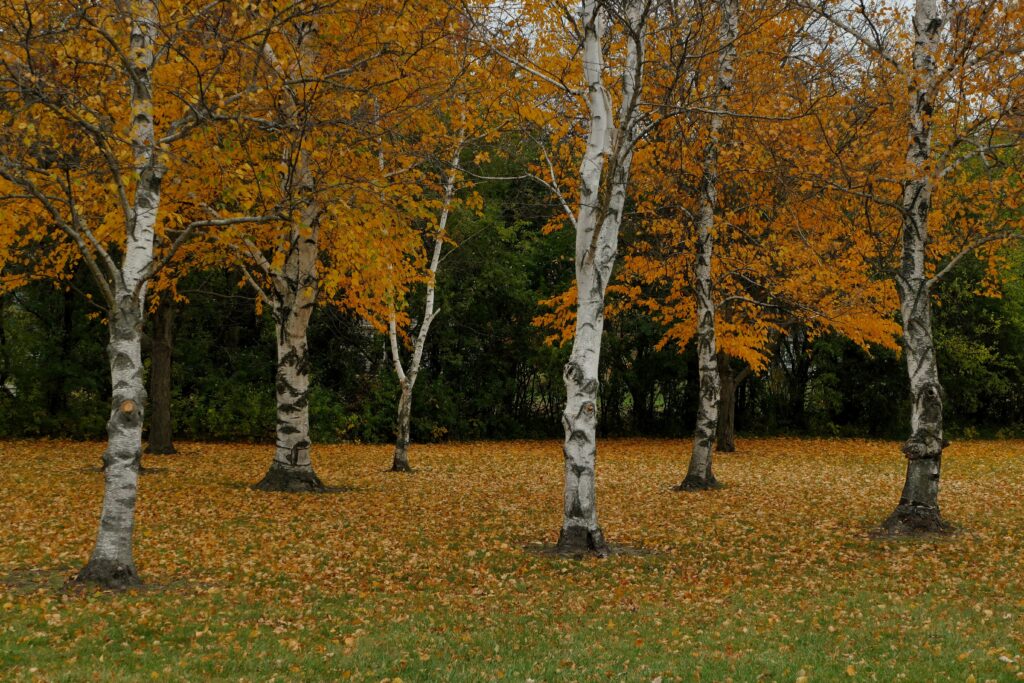Trees can make a big impact on your property’s appearance and value. When it comes to lining your land, choosing the right trees is crucial. You want to select species that fit well with your space, provide privacy, and don’t cause issues with neighboring properties or utility lines.
Luckily, there are many beautiful and low-maintenance trees that work great for property borders. You can find options that offer year-round interest, colorful foliage, or simply add a touch of elegance to your landscape.
We’ve compiled a list of 8 fantastic trees perfect for lining your property, helping you create an attractive boundary while maximizing the beauty and functionality of your outdoor space.
Oak Trees
Oak trees are valued for their extended lifespans, which can exceed several hundred years, and for their ability to shade numerous generations. These trees are usually planted in the fall so that the roots can take hold before the summer heat. They are a robust addition to many landscapes because of their remarkable resistance to disease. Popular types include the Northern Red Oak, which is renowned for growing quickly and being resilient to a variety of environments.
Maple Trees
When their leaves turn red, yellow, and orange in the fall, maple trees exhibit an amazing diversity of colors. They can withstand a variety of conditions because they grow well in US Hardiness Zones 3 through 9. Maples are noted for their modest growth rate; depending on the species, they might grow one to two feet annually. Well-known types like Sugar Maple and Red Maple are preferred for their practical qualities as well as their visual attractiveness.
Cypress Trees
Many gardeners choose cypress trees because they are dependable and flourish in a variety of environments. They are also well-known for their resistance to disease. The best time to plant is usually in the early spring, when the earth is still pliable and ready for growth. They respond well to a variety of temperatures and are in line with US Hardiness Zones 5 through 9. Well-known types like Bald Cypress and Leyland Cypress have special qualities including quick growth rates and soil-wettability.
Cherry Blossoms
Cherry blossoms, often celebrated for their beauty, thrive in USDA Hardiness Zones 5-9, providing a wide growing range across the United States. Well-known cultivars such as Yoshino and Kwanzan have unique qualities; the Yoshino has light pink to white flowers, while the Kwanzan has darker pink flowers. These trees show off striking seasonal variations; in the spring, they have a colorful explosion, and in the fall, their leaves turn green, then yellow or bronze.
Magnolia Trees
Large, fragrant blossoms bloom in the early spring on magnolia trees, which are renowned for their spectacular seasonal variations. Known for its huge pink and white blossoms, the Saucer Magnolia is a popular variety, as is the Southern Magnolia, which has glossy, evergreen foliage. Planting should ideally take place in the early spring or fall to allow for the best root development and establishment before to severe weather.
Arborvitae
Because of its quick growth rate, arborvitae is a popular choice for quickly building windbreaks or privacy screens. It is ideal to plant in the spring or early fall to give the tree a head start on adverse weather conditions. Well-known cultivars like as “Emerald Green” and “Green Giant” exhibit height and width variations, providing adaptability to suit varying landscape requirements.
Dogwood Trees
Dogwood trees are prized for their colorful and seasonal variations; in the spring, they bear pink or white blooms, and in the fall, their leaves turn reddish. They develop at a modest rate; in ten years or less, they often reach their full height of fifteen to thirty feet. Many gardeners find these trees to be a versatile choice because they can grow in US Hardiness Zones 5 through 9, and they are well-adapted to a variety of climates.
Birch Trees
Birch trees are a wonderful option for quickly creating shade or privacy because of their rapid growth—they may reach heights of 30 to 40 feet in just a few decades. Their broad, shallow root systems can both aid to minimize erosion and make plants vulnerable to harm from lawn mowers. These trees show good resilience to disease, frequently evading many of the regular problems that beset other species.
